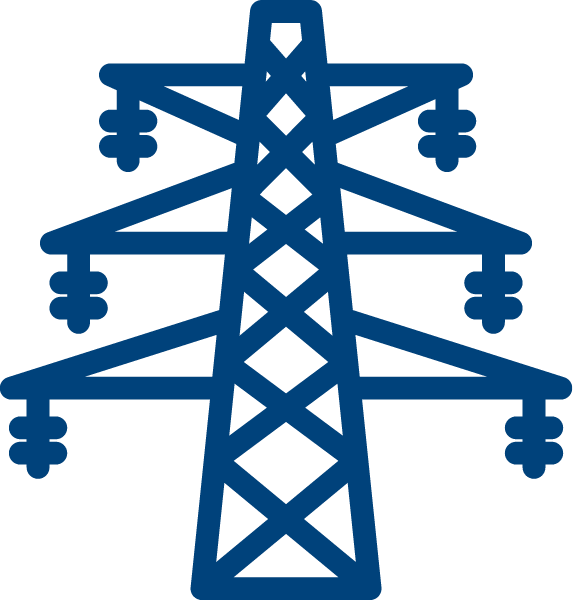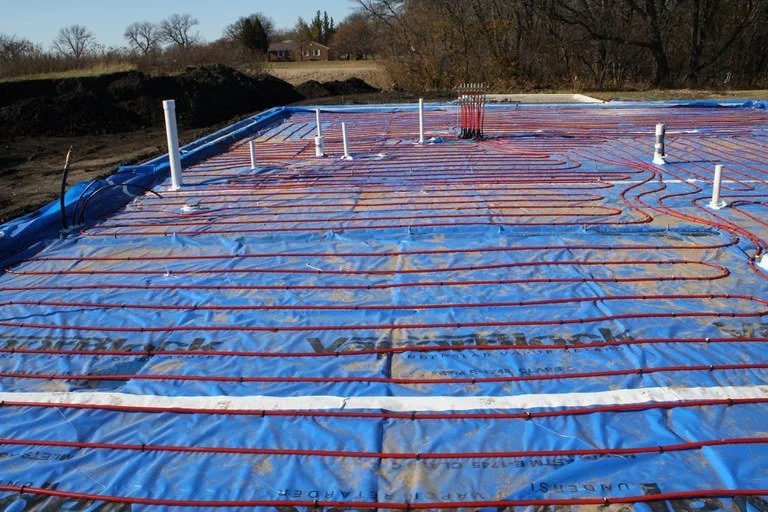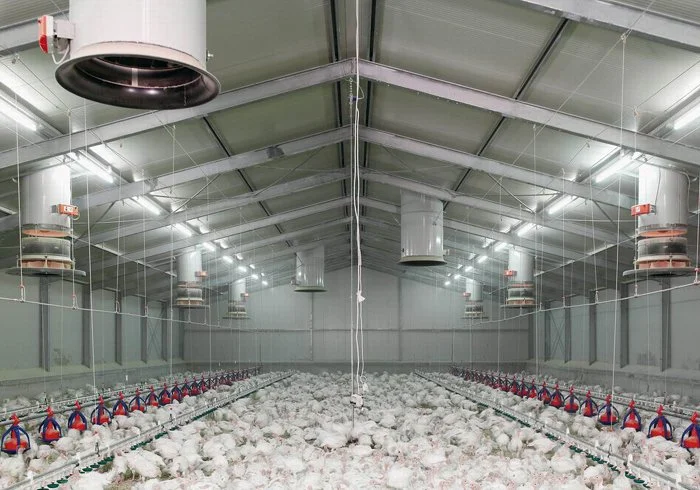
Agriculture
Part 1: Overview
Whole Sector Electrification
The electrification revolution has reached America’s heartland. As with buildings, transportation, and industrial sectors beneficial electrification is opening up major and diverse opportunities for utility customers. In some applications, agriculture electrification efforts have been continuous over many years as word spread of energy savings potential and reduced maintenance costs compared to liquid fuel systems. Electric irrigation, for example, has emerged as a clear winner and is ramping up with support from utility programs. Innovative technologies such as electric tractors are coming online as new potential sources for beneficial electrification around farms and ranches and across rural communities.
Save Time and Money
New electric technologies are applicable to nearly all aspects of modern farming and ranching, including farm transportation, irrigation systems, crop drying, space and water heating, milking, and pasteurization.
Agriculture sector electrification is predicated upon operational savings and improved efficiency for the rural utility customer. For instance, annual liquid fuel costs for tractor operations can be upwards of five times greater than electricity. Additionally, upgrading irrigation systems with electric variable frequency drive (VFD) can lighten maintenance schedules. Utilities can help farms save time and money by reducing fuel costs and reducing equipment maintenance with well-planned electrification programs.
NRECA’s infographic overview for agriculture. Click to expand! Image by Kevin Kepple
A 2018 report from NRECA analyzed data from 4,000 farms and estimated that farm electrification could push electricity consumption upwards of 67,000 GWh annually. Such an increase would be transformative for farms and the rural utilities that serve them — both for farm operations and for farm-utility relationship dynamics.
There is no one formula for rural utilities choosing to build a beneficial electrification program to help farmers and ranchers. However, there are many examples of utilities already pursuing programs that can offer inspiration and prove to be beneficial to the utility and customer alike.
A Rural Opportunity
Sales potential of electric tractors. Image Credit: NRECA
The primary drivers of agricultural electrification include transportation, space heating, and irrigation. Electric vehicle options for farms are booming as electric pickup trucks come on the market and as farm-specific vehicles follow suit. This includes tractors, utility terrain vehicles, and skid steers. Farms across the country will be considering the next generation of electrified farm vehicles in the coming years. Utilities can prepare internally for this change while also helping their farm customers consider their options for vehicles and charging solutions.
As a total of all agricultural beneficial electrification, tractors account for the greatest potential share. In terms of total potential load growth, electric tractors beat out the estimated combined potential for space heating for greenhouses, broiler chicken operations, and other livestock barn heating.
In-floor hydronic heating for a poultry farm in North Dakota. Photo Credit: North Dakota State University
Similar to the residential and commercial sectors, utilities will be interested in seeing their agricultural customers consider electrified space conditioning and water heating technologies. Poultry and swine operations may desire to electrify towards technologies like in-floor electric hydronic heating to eliminate combustion inside the barns and completely avoid the risk of carbon monoxide poisoning from propane heaters.
Farm hot water heating is also a critical area of electrification. Dairy operations depend on hot water not just for regular cleaning but also in vat milk pasteurization. Running gas boilers for these continuous tasks may not be ideal when more efficient electric technologies are readily available.
Hen House
Leveraging High-Efficiency LED Lighting for Cost-Effective Investments in Electrification
One of the simplest and easiest energy improvements a farm can make is a lighting retrofit. While lighting is not a true example of electrification—older bulbs and fixtures also require electricity--it can be a significant source of savings for customers and a familiar source of leverage to unlock more sophisticated beneficial electrification projects.
Because onsite activities range throughout the day, including early mornings and late nights, the need for lighting is key — and not just in human-occupied spaces. Hen houses, for instance, are almost constantly lit. Modern LED bulbs have improved the quality of light and the wavelength available for various sites, which is an important aspect of raising animals. A modest adjustment from incandescent or fluorescent lighting systems to modern LED fixtures can be an impactful starter project for a farm considering electrification.
Serving Customers Large and Small
Beneficial electrification can assist farms to lower their expenses and maintain long-term sustainability while optimizing productivity. Many agricultural utility customers seeking to lower volatile liquid fuel expenses are considering the advancements of electric motors for irrigation, vehicles, specialized electric boilers and dryers, and more.
A University of Nebraska study on irrigation electrification found that on a 130-acre farm, electric irrigation at a rate of $0.10/kWh had cost parity with a diesel system with fuel costs at $2.05/gallon. For every $0.25/gallon increase of diesel, the farmer would need to pay an additional $1,000 to irrigate their 130 acres. As electricity rates have increased to roughly $0.12/kWh and diesel fuel towards $3.00 / gallon, the cost savings increase further for electrification. Since the release of this study, the rise in diesel costs has far outpaced electricity rates, underscoring the risk exposure of farmers to volatile fossil fuel when relying on diesel- and gasoline-powered equipment.
Ease and Comfort
Farmer Jerry Seuntjens in Iowa sharing his experience of using intelligent farming software for his corn and soybeans operation
Broken-down equipment puts a farmer’s livelihood at risk, especially when urgent repairs are needed during planting and harvest season. Electric motors are generally more reliable than diesel engines, increasing uptime and peace of mind. Electric equipment also cuts out exhaust and reduces heat, making for more pleasant days in the field. Improved reliability, health, and comfort can be hard to quantify — but these can be among the most important beneficial electrification value-adds for the customer.
Farming is evolving into a computer- and data-driven process, and electric equipment is a better fit for this new approach. Farmers can now monitor the dynamic flow of harvesting and planning information in real-time and project the results of their planning with intelligent farm system software. Farmers are better equipped than ever to keep track of the various inputs and schedules on their farms, including fertilization, seeding schedules, crop yields, and crop rotation. The ability to integrate smarter and more useful software technologies into electric equipment improves operational efficiency.
Sustaining Our Resources
Water is a precious resource. Delivering the right amount of water to the intended area on a field - while not wasting it - is easier said than done. Electrifying irrigation can add precision and consistency to this foundational component of farming. Technologies like electric pivot and lateral irrigation systems are proven and readily available. Electric irrigation systems, especially those using precision software, can operate more quietly than diesel systems, more autonomously, and can save on water and money.
Additional Resources
USDA: Farm Energy Estimators
eXtension Farm Energy: Energy Efficient Hot Water for Farms
Small Farm Canada: Why Hydronic heating for poultry barns can be beneficial for your chickens
Washington State University Energy: Farm Energy Audit Checklist
USDA: National Agricultural Library
University of Nebraska: Evaluating Energy Use for Pumping Irrigation Water
Oklahoma State University: Comparative Energy Costs for Irrigation Pumping
Reinke: Precision Management
Absolute reports: Precision Ag report
SoCal Edison: Ag resources
Colorado Dept. of Ag: Farm Energy Efficiency Tools
The Electricity Journal: Farm electrification: A road-map to decarbonize the agriculture sector
MeCree LED: How a farm should use use LED lights








